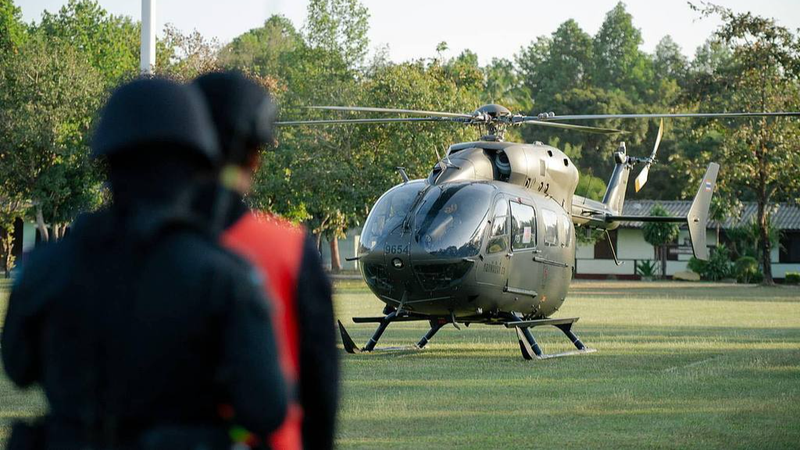🌠 Ready to kick off 2025 with a celestial show? The Quadrantid meteor shower is peaking this Friday, and it's your first chance to catch some breathtaking fireballs in the night sky this year! 🌠
With a waning crescent moon lighting up just 11% of the sky, visibility will be stellar under clear, dark conditions. So grab your friends, find a cozy spot away from city lights, and look up! 🌌
What Makes the Quadrantids Special?
Unlike most meteor showers named after constellations that still exist, the Quadrantids are named after Quadrans Muralis—a constellation that doesn't even exist anymore! Talk about vintage vibes! ✨ According to NASA's William Cooke, this unique origin adds to the Quadrantids' charm.
These meteors might not have long tails, but their bright heads can appear as stunning fireballs. Imagine up to 120 meteors per hour blazing across the sky—that's one epic light show you don't want to miss! 💫
So, What Exactly Is a Meteor Shower?
As Earth orbits the sun, it passes through trails of debris left by comets and asteroids. The Quadrantids are courtesy of asteroid 2003 EH1. When this space debris hits our atmosphere, it heats up and burns, creating those mesmerizing \"shooting stars\" we all love. No telescope needed—just your eyes and a sense of wonder! 🔭🌠
Top Tips for Meteor Gazing
🕑 Best Time: Early predawn hours when the moon is low.
🌙 Conditions: Clear, cloudless nights away from artificial lights are ideal.
📵 Pro Tip: Ditch your phone! Let your eyes adjust to the darkness for the best experience.
The Quadrantids are visible until January 16, so you've got a window to catch this cosmic event. Gather your crew, bring some snacks, and make it a night to remember! 🍿🌌
Looking Ahead: The Next Meteor Shower
If you can't catch the Quadrantids, don't fret! The Lyrid meteor shower is set to peak in mid-April. Mark your calendars and keep those eyes on the skies! 📅✨
So, who's up for some stargazing? 🌟
Reference(s):
How to catch the Quadrantids, the first meteor shower of 2025
cgtn.com




